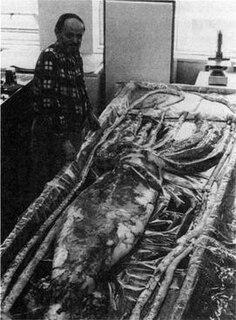 W
WFrederick Allen Aldrich AB, M.Sc., Ph.D. was a prominent marine biologist and educator. He is best remembered for his research on giant squid.
 W
WGeorg Baur (1859–1898) was a German vertebrate paleontologist and Neo-Lamarckian who studied reptiles of the Galapagos Islands, particularly the Galápagos tortoises, in the 1890s. He is perhaps best known for his subsidence theory of the origin of the Galapagos Islands, where he postulated the islands were the remains of a former landmass, connected to South America via Cocos Island.
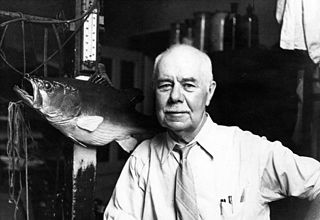 W
WHerbert Hutchinson Brimley was a self-trained zoologist and long-time director of the North Carolina Museum of Natural Sciences. His brother, C.S. Brimley, was also a zoologist who worked at the same museum. Both Brimley brothers are buried at Historic Oakwood Cemetery in Raleigh.
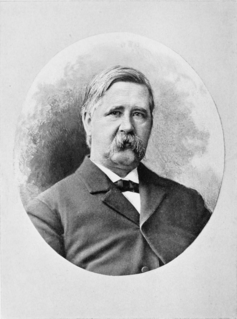 W
WWilliam Keith Brooks was an American zoologist, born in Cleveland, Ohio, March 25, 1848. Brooks studied embryological development in invertebrates and founded a marine biological laboratory where he and others studied heredity. His best known book, The Oyster, was first published in 1891 and has been reprinted many times.
 W
WNathan Augustus Cobb is known as "the father of nematology in the United States".
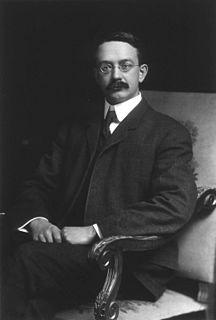 W
WEdwin Grant Conklin was an American biologist and zoologist.
 W
WJames Graham Cooper was an American surgeon and naturalist.
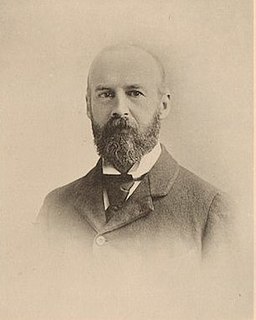 W
WWalter Faxon was an American ornithologist and carcinologist. He was born at Jamaica Plain, Massachusetts, where he grew up. He received three degrees from Harvard University. One of his greater ornithological achievements was demonstration that Brewster's warbler is a hybrid.
 W
WJames Henry Ferriss (1849-1926) was an American politician and amateur conchologist. According to Henry Augustus Pilsbry, Ferriss was "the fore-most of American landshell collectors... as a collector he has probably never been surpassed."
 W
WRufus Wade Fox Jr., was an American zoologist and herpetologist from the University of California, Berkeley. He specialized in the anatomy of snakes and the systematics of the western garter snakes.
 W
WRobert Henry Gibbs, Jr. (1929–1988) was an American ichthyologist. He was a long-standing curator at the National Museum of Natural History and devoted much of his career to the study of pelagic and deep-sea fishes. He was also an avid conservationist and a member of the American Society of Ichthyologists and Herpetologists for over 30 years.
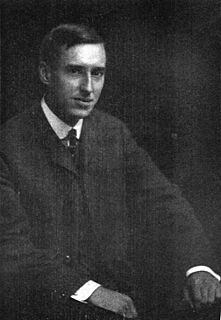 W
WArthur White Greeley was an American physiologist and ichthyologist. Greeley was born in Oswego, New York, the eldest of two sons of Frank Norton Greeley, a Congregational clergyman, and Anna Cheney (Buckhout) Greeley. His brother William would go on to become chief forester of the U.S. Forest Service. He graduated from Stanford University in 1898, and spent one year as a graduate student in zoology, during which he went to Alaska with the fur-seal expedition and to Brazil with the Banner-Agassiz expedition, where he made most of the biological collections. The following year he was an instructor at San Diego Normal School, leaving there to enter the University of Chicago as fellow in physiology. Two years later he took his doctorate of philosophy under Jacques Loeb with a thesis on the action of low temperatures on micro-organisms, and was then appointed Assistant Professor of Zoology at the Washington University in St. Louis, Missouri. For three summers he was a member of the staff of instruction in physiology at the Marine Biological Laboratory at Wood's Hole, Massachusetts. He died in St. Louis, after an operation for appendicitis, on March 15, 1904, at the age of twenty-eight.
 W
WOscar Harger was an American invertebrate zoologist and paleontologist known for his studies on isopods, and for his work as an paleontological assistant to Othniel Charles Marsh.
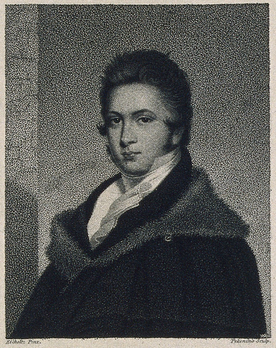 W
WRichard Harlan was an American naturalist, zoologist, herpetologist, physicist, and paleontologist. He was the author of Fauna Americana, published in 1825, and American Herpetology.
 W
WOliver Perry Hay was an American herpetologist, ichthyologist, and paleontologist.
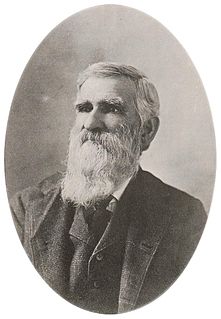 W
WHenry Hemphill (1830–1914) was an American malacologist, a biologist who studies mollusks. In particular he studied land and freshwater mollusca.
 W
WCharles Atwood Kofoid was an American zoologist known for his collection and classification of many new species of marine protozoans which established marine biology on a systematic basis.
 W
WSeth Eugene Meek was an American ichthyologist at the Field Museum of Natural History in Chicago. He was the first compiler of a book on Mexican freshwater fishes. Together with his assistant, Samuel F. Hildebrand, he produced the first book on the freshwater fishes of Panama.
 W
WWesley Newcomb (1818–1892) was an American physician and a malacologist who specialized in land snails.
 W
WHoratio Hackett Newman was an American zoologist and geneticist who taught at the University of Chicago. Along with Frank Rattray Lillie and Charles M. Child, he is credited with building the University of Chicago's zoology department into one of the best respected departments of its kind. Newman is also recognized for his research on multiple births in humans and other animal species. This included research conducted on human twins with Karl Holzinger and Frank N. Freeman, which led to the publication of their 1937 book Twins. It also led to his book Multiple Human Births, which was published in 1940. That year, Time reported, "In the U.S. there are at least 2,000,000 people who are twins, triplets or quadruplets. The man who gets asked most about them is Geneticist Horatio Hackett Newman of the University of Chicago." Newman was also an outspoken defender of evolution, and traveled to Dayton, Tennessee to testify as an expert witness at the Scopes monkey trial in 1925. He was not permitted to testify in the trial, so his remarks were entered into the court's records instead.
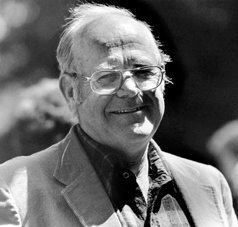 W
WKenneth Stafford Norris or Kenneth S. Norris was a renowned marine mammal biologist, conservationist, and naturalist.
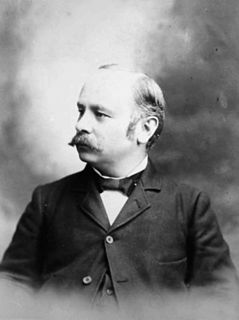 W
WCharles Cleveland Nutting was an American zoologist, born in Jacksonville, Illinois. He graduated from Blackburn University (1880) and received the M. A. degree from the same institution in 1882. He conducted various zoological expeditions—in Central America for the Smithsonian Institution (1882–84), in Florida (1885), on the Saskatchewan River (1891)—and was naturalist of the Albatross Hawaiian expedition in 1902. He was professor of zoology and curator of the Museum of Natural History of the University of Iowa from 1886 to 1890 and thereafter was head of his department. Nutting's most important publications are systematic papers dealing with marine hydroids, which appeared in the reports of the United States Commission of Fisheries and elsewhere and were reprinted, especially American Hydroids. In this work Nutting described 124 new species and beautifully illustrated his monograph on American hydroids.
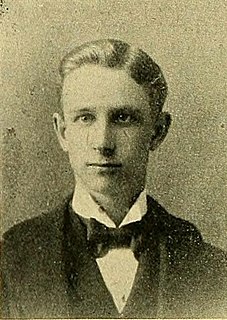 W
WWilfred Hudson Osgood was an American zoologist.
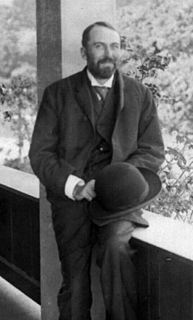 W
WTheodore Sherman Palmer was an American zoologist.
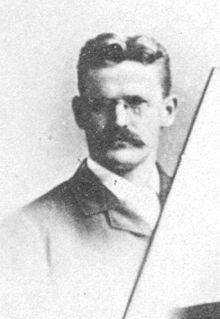 W
WWilliam Patten (1861-1932) was an American biologist and zoologist noted for his late 1919 address “The Message of the Biologist”, given to the American Association for the Advancement of Science, and follow-up 1920 book The Grand Strategy of Evolution: the Social Philosophy of a Biologist, in both of which he utilizes chemistry theory, mixed with evolution theory, mixed with biology, to outline a philosophy of society.
 W
WJames Arthur Peters was born in Durant, Iowa; grew up in Greenup, Illinois. He studied at the University of Michigan and obtained his Ph.D. in biology in 1952. He studied with the herpetologist Norman Edouard Hartweg.
 W
WNorman Ira Platnick was an American biological systematist and arachnologist. At the time of his death, he was a Professor Emeritus of the Richard Gilder Graduate School and Peter J. Solomon Family Curator Emeritus of the invertebrate zoology department of the American Museum of Natural History. A 1973 Ph.D. recipient at Harvard University, Platnick described over 1,800 species of spiders from around the world, making him the second most prolific spider taxonomist in history, behind only Eugène Simon. Until 2014 he was also the maintainer of the World Spider Catalog, a website formerly hosted by the AMNH which tracks the arachnology literature, and attempts to maintain a comprehensive list, sorted taxonomically, of every species of spider which has been formally described. In 2007 he received the International Society of Arachnology's Bonnet award, named for Pierre Bonnet, in recognition of his work on the catalog.
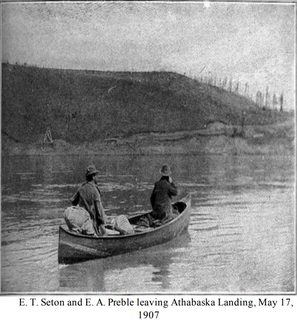 W
WEdward Alexander Preble was an American naturalist and conservationist. He is noted for work in studying birds and mammals of the Pacific Northwest. He also acted as an editor for nature magazines.
 W
WTemple Prime was an amateur conchologist. He studied under Louis Agassiz at Harvard University. He described several new species of the bivalve family Cycladidae.
 W
WBrayton Howard Ransom was an American zoologist and veterinary parasitologist who served as Chief of the Zoological Division, Bureau of Animal Industry, United States Department of Agriculture from 1906 until his death at age 46. He was a founding member of both the American Society of Parasitologists and the Helminthological Society of Washington, a fellow of the American Association for the Advancement of Science, and served on the editorial boards of the Journal of Parasitology and the American Journal of Tropical Medicine.
 W
WThomas S. Ray is an ecologist who created and developed the Tierra project, a computer simulation of artificial life.
 W
WJacob Ellsworth Reighard (1861-1942) was an American zoologist.
 W
WMary Dora Rogick was an American zoologist. In 1935 she joined the College of New Rochelle in New York, where she spent her career as a professor and researcher. She was a specialist in the taxonomy and ecology of bryozoa, a phylum of aquatic invertebrate animals.
 W
WClyde F. E. Roper is a zoologist at the National Museum of Natural History in Washington, D.C.. He has organised a number of expeditions to New Zealand to study giant squid, including in 1997 and 1999. He graduated from Transylvania University in Lexington, Kentucky, in 1959.
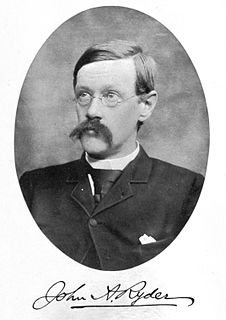 W
WJohn Adam Ryder, was an American zoologist and embryologist. He worked for the United States Fish Commission from 1880 to 1886 and Professor of Comparative Embryology at the University of Pennsylvania from 1886 to 1895.
 W
WHarvey Adam Surface was an American zoologist. He was for 15 years Economic Zoologist for the Pennsylvania Department of Agriculture, and later served three terms in the state legislature. Born in Waynesville, Ohio to a prominent farming family, he graduated from Ohio State University in 1891, and earned a M.S. the following year. After teaching at University of the Pacific and Cornell, he became Professor of Zoology at Pennsylvania State College (1900–1907), and Professor of Biology at Susquehanna University (1920–1930). His work focused on the wildlife and plants of Pennsylvania. He was ornithological editor of American Gardening, nature study editor of Popular Educator, member of the American Association for the Advancement of Science, Pennsylvania Academy of Science, and Pennsylvania Audubon Society, and was president of the Pennsylvania Beekeeper’s Association for 18 years. In 1931 he was elected to the Pennsylvania House of Representatives as Representative from Snyder County, where he served until 1936.
 W
WJohn Van Denburgh was an American herpetologist from California.
 W
WFrederic Leonard Washburn was an American zoologist. Born in Brookline, Massachusetts, he earned a B.A. (1882) and M.A. (1895) from Harvard University. Between 1888 and 1902 he was professor at Oregon State Agricultural College and biologist for the State of Oregon. He was Minnesota State Entomologist, professor, and chief of the Division of Entomology at University of Minnesota from 1902 to 1918. He was the 1911 president of the American Association of Economic Entomologists was made a fellow of the Entomological Society of America in 1924. His books include Injurious Insects and Useful Birds, and Insects of Minnesota.
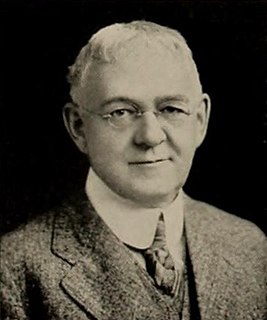 W
WHarris Hawthorne Wilder was an American zoologist and anatomist. He was professor of zoology at Smith College in Massachusetts, where for 36 years until his death. He was the first American to study dermatoglyphics, the study of skin ridges and fingerprints, and this along with his studies of facial reconstruction placed him among the pioneers of fingerprint analysis and forensic sciences.
 W
WMartha Burton Woodhead Williamson (1843–1922) was an American malacologist and journalist. She was a founding member of the American Association of Conchologists and vice president of the Historical Society of Southern California, as well as the second president of the Southern California Press Club.
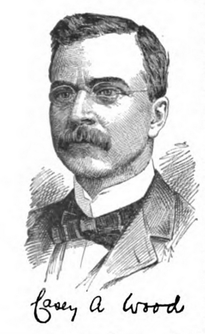 W
WCasey Albert Wood was a Canadian ophthalmologist and comparative zoologist who studied aspects of animal vision especially those of birds. He collected books on birds and zoology and helped establish the Blacker-Wood collection in zoology and ornithology at the McGill University Library.